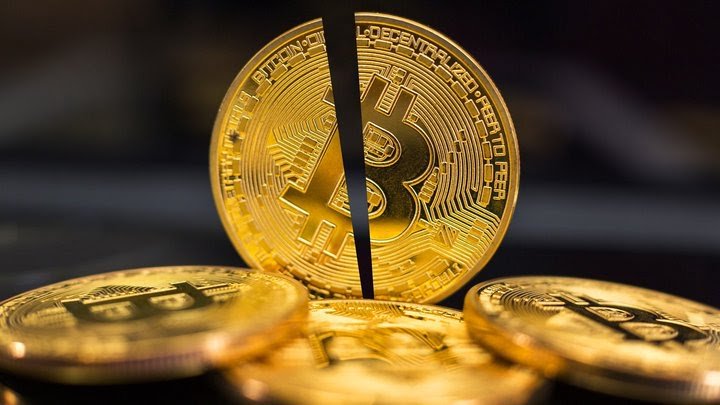2020 was a historical year for financial markets, with all classes of financial assets experiencing
major market fluctuations and large price fluctuations. However, the cryptocurrency market is set to shake in May 2020. The production of the digital currency “Bitcoin”, called “Bitcoin Half”, is expected to decrease by 50%. The event was written in Bitcoin’s basic code bases with no one controlling the process, creating unique trading opportunities for those in the know. Read on to find out more and see what these opportunities might be.
What is Bitcoin Halving?
Bitcoin’s unique digital design means that every four years there is a seismic shift in the digital currency. For the third time in its 11-year history, it will undergo another major change in May 2020. To understand the bitcoin rankings, or as it is called in the cryptocurrency world “Bitcoin Halving”, where it is important to understand the principles of bitcoin itself. Only 21 million bitcoins can be produced. About 18 million bitcoins have already been produced through ‘currency mining’. Bitcoin mining is a major business that uses high-spec computers to help process Bitcoin transactions. These transactions are added as “blocks” to the blockchain base book and is the technology that supports Cryptocurrency.
Bitcoin miners need large computer power at a cost. This is why when a block is added to the blockchain, the person who processed it is compensated with bitcoin, also known as ‘bimetal support’ or ‘block support’. This is also a way to add a new Bitcoin coin to the supply chain as a new quantity of Bitcoin is issued in each block transaction. The miners can then sell their earned currencies via exchange.
Bitcoin rankings indicate a 50% reduction in the compensation of Bitcoin miners who maintain the Bitcoin network. The most interesting thing for traders and investors is what could happen to the Bitcoin price during this period.
When will bitcoin be halved and what will happen?
The process is performed about half to roughly once every four years or whenever 210,000 blocks are mined. Half will happen in May 2020 in the 630,000 block. While blocks are added to the blockchain approximately every 10 minutes, it can be difficult to determine the exact date and time as the combined effect of small differences can make a big difference.
Many analysts note that from May 10 to 12, half is likely to happen in half, but this may differ from both sides. Half will see mine rewards drop from 12.5 bitcoins per block to 6.25 bitcoins. When Bitcoin was first released, the mining reward was 50 Bitcoin. On November 28, 2012, the amount decreased to 25 Bitcoin and on July 9, 2016, it again fell to 12.5 Bitcoin.
How to trade half a bitcoin There are two main ways to trade Bitcoin.
The first is the purchase of physical bitcoin through the exchange of cryptocurrencies. Many of them are unorganized entities that have been vulnerable to piracy and theft in the past. In 2018, Japanese Coincheck was hacked and stolen over $ 500 million in cryptocurrency. The second way to trade Bitcoin is to speculate its price movement through contracts for difference. In this case, it is better to use a medium that provides high regulatory oversight. For example, investment firms operating under the brand Admiral Markets include a list of the British Financial Conduct Authority, the Australian Securities and Investments Commission, the Estonian Financial Supervisory Authority, and the Cyprus Securities and Exchange Commission.
Not only that, but customers who open an account with Admiral Markets benefit from a negative balance protection policy that will protect you from negative movements in the market by preventing your account balance from falling below zero. Other benefits include:
Security: Many cryptocurrency exchanges have been hacked in the past. Trading through a CFD broker on cryptocurrencies means that you can trade with a regulated company, ensuring the safety of your money.
Leverage: retail traders can trade positions with a 1: 2 leverage. A professional trader can trade positions with a 1: 5 leverage.
Trade in any direction: buy or sell any CFD on cryptocurrencies. No need to own any actual cryptocurrencies to trade.

